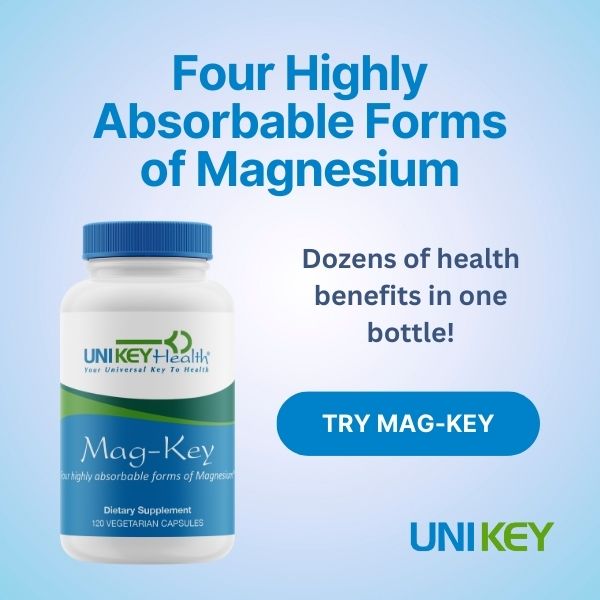 Most of us have eight times the “acceptable” level of hormone-disrupting BPA.
Most of us have eight times the “acceptable” level of hormone-disrupting BPA.
New research published in Environmental Health Perspectives shows that 90% of Americans are exposed to a hormone-disrupting chemical in packaging and plastics. While the EPA claims that 50 micrograms of bisphenol A (BPA) is a “tolerable daily level” for humans, this study suggests that we’re actually exposed to at least eight times that level.
“Our data raise grave concerns that regulatory agencies have grossly underestimated human exposure levels,” study authors say. Using a more sensitive test for measuring BPA, University of Missouri researcher Julie Taylor adds that this toxin is not completely removed by the liver, nor does it circulate in the bloodstream—making the levels at which humans are now exposed cause of concern.
Recently found even on cash register receipts, BPA is a common endocrine disruptor—a biologically active chemical labeled as “toxic,” and California Senator Diane Feinstein is calling for an amendment to the “FDA Food Safety Modernization Act” to ban BPA from children’s food and drink packaging.
Just one of the many hormone disruptors prevalent today, BPA has been linked to premature puberty in girls as well as obesity in both children and adults. A new Italian study shows that BPA also impairs the body’s protective effects against colon cancer cell growth—one of the leading causes of mortality in developed countries.
“The [human] body evolved to handle stuff that gets into our system,” adds Thomas Zoeller, biology professor at the University of Massachusetts, Amherst, PhD. “But when we start to make molecules that are not known to nature, we need to think a little more carefully about how they are going to interact with biological systems.”
Dr. Ann Louise’s Take:
There’s no question that plastic is a bad wrap! But more than eight million pounds of BPA are produced each year for use in everything from dental sealants to plastic bottles and packaging.
While I’m delighted that my home state of Connecticut is one of several that have reduced the use of BPA, this is hardly the only hormone disrupter. A well-known carcinogen that’s prevalent in building materials and furnishings, as well as plastics, formaldehyde has been disrupting endocrine function for decades, as has DDT—although it was banned years ago, it remains in the environment.
Phthalates, flame retardants, pesticides, and other chemicals in daily use have been found to interfere with synthesis, metabolism, binding, and cellular response to natural estrogens in the body, leading to everything from premature puberty in girls and delayed reproductive maturation in boys to thyroid dysfunction that packs on unwanted pounds at any age.
No wonder that obesity is an epidemic—and nonalcoholic fatty liver disease is on the rise worldwide. In addition to avoiding plastic like the plague, this makes it more important than ever to support the body’s natural detoxification processes.
Flush Hormone Disruptors
Fat Flush for Life offers a year-round seasonal cleansing program that enhances the body’s natural detoxification systems—even against endocrine disruptors. Like classic Fat Flush and even the easy on-the-go Smoothie Shakedown program, this year-round approach supports the liver, the body’s premier detoxifier and fat-burning organ.
When the liver is clogged with hormone disruptors, it can’t perform fat-burning and other functions like maintaining blood sugar levels and helping to keep the body in hormonal balance. A poorly functioning liver leads to stagnation, so freeing up this detox organ is critical.
That’s one reason drinking Cranberry H20 is part of all my Fat Flush protocols. Enjoying plenty of fall’s crop of cruciferous veggies (cauliflower, cabbage, broccoli, and Brussels sprouts) also speeds the breakdown of toxins.
Detox for Seasonal Weight Loss
As the leaves begin to turn and the weather cools down, aren’t you ready for warming, cooked foods again? Autumn Fat Flush includes nourishing legumes, root vegetables, and warming spices to support detox.
Celebrate the harvest season with plant-based protein, which supports the liver’s and thyroid’s weight-loss function, while boosting metabolism. A recent study in the New England Journal of Medicine shows that low-carb dieters who got most of their protein from plants lost 50% more weight, compared to those who ate more meat.
Research in Nutrition Reviews also reports that women who eat more plant-based protein on a daily basis weigh, on average, 15% less than women who eat meat. And University of California-Davis investigators find a 40% reduction in calories when people eat more plant-based protein.
For fall detox—and successful weight loss—try Fat Flush Body Protein, a vegan blend of brown rice and yellow pea protein that’s a complete source of all the essential amino acids. Dairy-, gluten-, and sugar-free, this protein powder will keep you energized and satisfied for up to four hours! Blended into a smoothie, Fat Flush Body Protein is much less expensive—only $1.56 a serving—than meat.
Added Fall Cleansing
Tapping into the harmonious cycles of the season’s, autumn fat flush also supports the large intestine in accordance with traditional Chinese medicine. Colon-protective herbs, like butternut root bark, offer a safe, effective, natural way to help flush out toxins.
For advanced autumn detox, Fat Flush for Life even includes specific instructions on a coffee enema for those who tend to have a sluggish liver. Coffee both cleanses the pathway and stimulates bile flow, keeping the body’s most important cleansing organ in tip-top shape.
Sources:
Fat Flush for Life
The Fat Flush Plan
https://ehp03.niehs.nih.gov/article/fetchArticle.action?articleURI=info%3Adoi%2F10.1289%2Fehp.1002514#abstract0
www.environmentalhealthnews.org/ehs/newscience/bpa-phthalate-may-cause-obesity-predicts-cell-test/
www.medscimonit.com/fulltxt.php?ICID=869670
https://www.ncbi.nlm.nih.gov/pubmed/20844903
https://www.ncbi.nlm.nih.gov/pubmed/20836126
https://www.ncbi.nlm.nih.gov/pubmed/19855816
www.nytimes.com/gwire/2010/09/20/20greenwire-study-human-exposure-to-bpa-grossly-underestima-4581.html












One Response
8 times more BPA than acceptable?!? And I was just worried about the mountains of plastic bottles.. . .